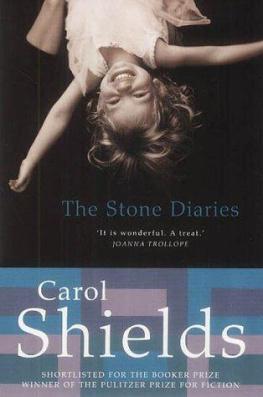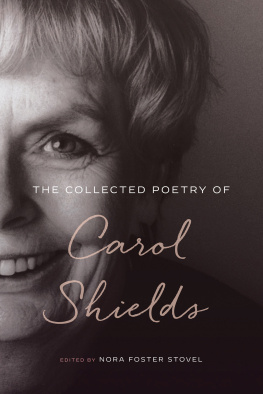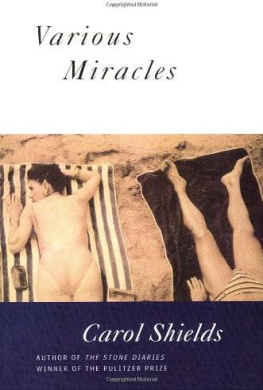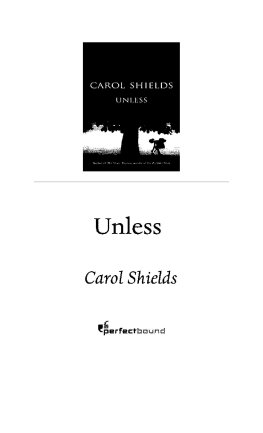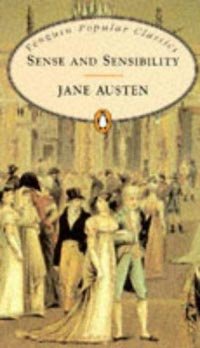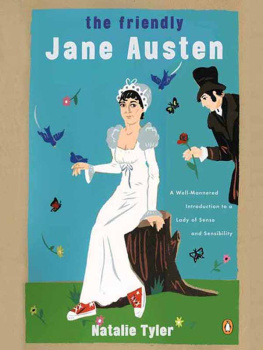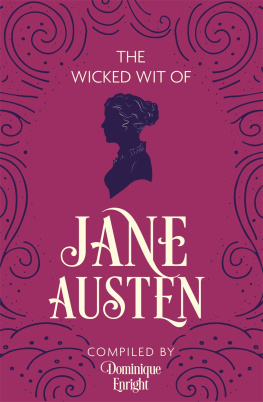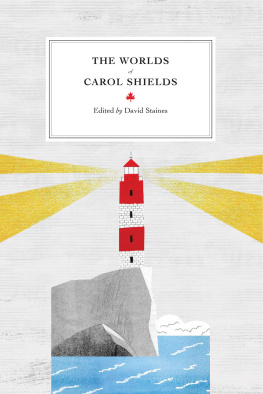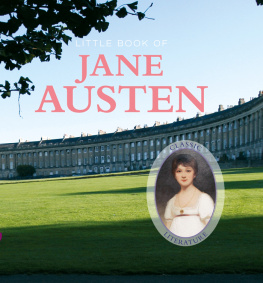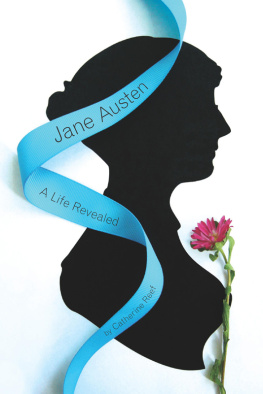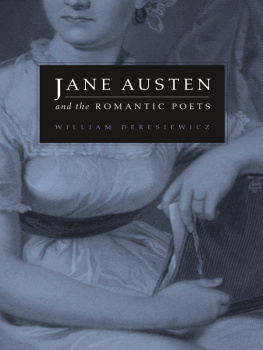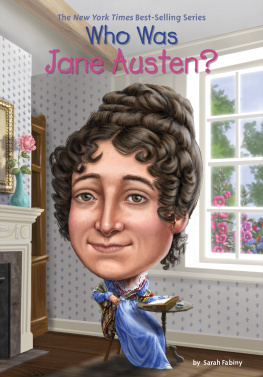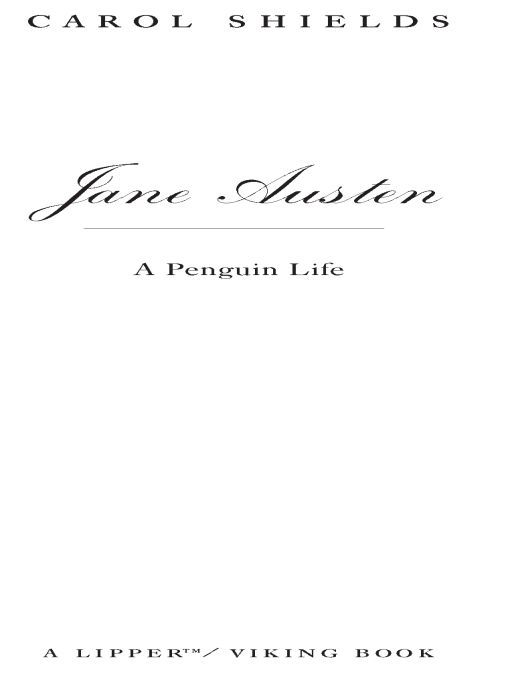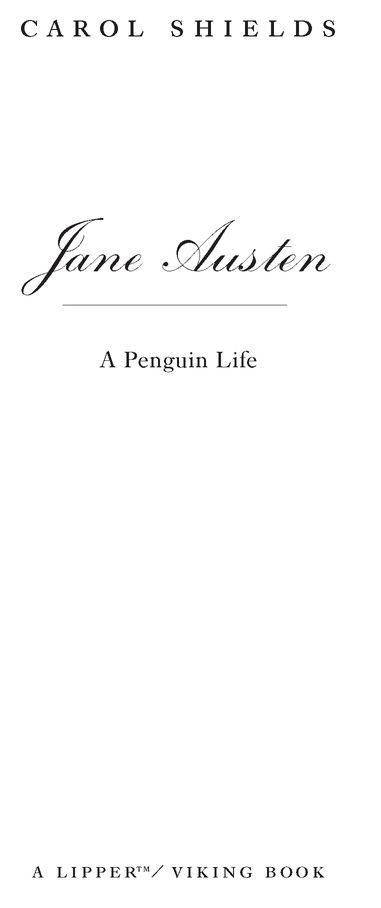Table of Contents
PUBLISHED TITLES IN THE PENGUIN LIVES SERIES:
Larry McMurtry on Crazy Horse
Edmund White on Marcel Proust . Peter Gay on Mozart
Garry Wills on Saint Augustine Jonathan Spence on Mao Zedong
Edna OBrien on James Joyce Douglas Brinkley on Rosa Parks
Elizabeth Hardwick on Herman Melville
Louis Auchincloss on Woodrow Wilson
Mary Gordon on Joan of Arc Sherwin Nuland on Leonardo da Vinci
Nigel Nicolson on Virginia Woolf
Karen Armstrong on the Buddha
FORTHCOMING:
R.W. B. Lewis on Dante Francine du Plessix Gray on Simone Weil
Patricia Bosworth on Marlon Brando
Wayne Koestenbaum on Andy Warhol
Janet Malcolm on Anton Chekhov
Marshall Frady on Martin Luther King, Jr.
Jane Smiley on Charles Dickens
John Keegan on Winston Churchill Roy Blount, Jr., on Robert E. Lee
David Quammen on Charles Darwin
Bobbie Ann Mason on Elvis Presley
Thomas Cahill on Pope John XXIII James Gleick on Isaac Newton
Kathryn Harrison on Saint Thrse of Lisieux
Robert Remini on Joseph Smith Paul Johnson on Napoleon
Hilton Als on James Baldwin
Ada Louise Huxtable on Frank Lloyd Wright
Thomas Keneally on Abraham Lincoln
GENERAL EDITOR: JAMES ATLAS
For Hazel and for Grace
Prologue: A Life Glimpsed
IN THE AUTUMN of 1996 my daughter, the writer Anne Giardini, and I traveled to Richmond, Virginia, to present a joint paper at the Jane Austen Society of North America, an organization that comprises some of the worlds most respected Austen scholars, as well as rank amateurs like ourselves. These affectionate annual gatherings are serious attempts to look at Jane Austens work and examine how it illuminates her time and ours. There is minimal incense burning at these meetings, and no attempt to trivialize Jane Austens pronouncements and mockingly bring her into our contemporary midst. The gatherings are both gentle in approach and rigorous in scholarship, and unlike many academic assemblies, they are festivals of inclusiveness, with middle-aged groupies from Detroit dressed in Regency costumes; keen-eyed, tenured professors from Canada; and a scattering of Europeans intent on winning the trivia quiz. (Wherever three or four come together in Jane Austens name, there is bound to be a trivia quiz. This detailing of Austens minor characterswhat they ate for breakfast, how much income theyve settled on their daughters, the precise hour of a ruined picnichas never been a part of my own impressionistic response to her work, and I worry, but only a little, about what this says of me, her devoted reader.)
The subject for the 1996 conference was Jane Austens Men, but the presentation Anne and I had prepared kept slipping sideways into the fully gendered world and coasting toward the subject of how women, despite their societal disentitlement, were able to play such a lively, even powerful role. The Austen heroines, deprived of the right to speak, employ the intricacies of body languagea term not invented until the 1960s, but no matter. Jane Austen was familiar with the bodys vivid mechanics and relied heavily, especially in her dramatic conclusions, on the bodys expressiveness.
Our talk centered on what Anne and I called the politics of the glance. If, in an Austen novel, a womans tongue is obliged to be still, her eye becomes her effective agent, one piercing look capable of changing the narrative directioneven a half glance able to shame or empower or redirect the sensibilities of others.
A glance can both submit and subvert; it can be sharp or shy, scornful or adoring; it can be a near cousin to scrutinybut it almost always assumes a degree of mutually encoded knowledge. A spark is struck and apprehended; the head turns on its spinal axis; the shoulders freeze; the eyes are the only busy part of the body, simultaneously receiving and sending out information, so that a glance becomes more than a glance. It is a weapon, a command, or a sigh of acquiescence.
After the conference Anne and I traveled separately to our homes, I to central Canada and she to Vancouver. In Chicago, Anne was obliged to change planes, and she was amused to find that her new seatmate had come fresh from the annual Napolon conference in that city. Riding high over the clouds, they exchanged conference notes, and the Napolon man challenged her, not at all to her surprise, on the fact that Jane Austen had commented so scantily on the unfolding history of her era.
Weve heard this often: How could a novelist who writes astutely about her own immediate society fail to have mentioned the Napoleonic wars?
The modeling of war is mostly malealmost everyone would agree on this and on the truth that wars exactitude and damage may elude a conventional fictional transaction. But shouldnt Jane Austen at least have mentioned one battle or general by name? Why is there not a word about the rapidly evolving mercantile class and the new democratization of Britain? What about changes in political structure, in the power and persuasion of the Church, in the areas of science and medicine? These questions are often challengingly presented, as though novels are compilations of current events and Jane Austen a frivolous, countrified person in intellectual drag, impervious to the noises of the historical universe in which she was placed.
In fact, Jane Austen covers all these matters, if not with the directness and particularity our Napolon man might have liked. Her novels, each of them, can be seen as wide-ranging glancesthat g word again, with its tune of deliberationacross the material of the world she inhabited, and that material includes an implied commentary on the political, economic, and social forces of her day. These glances, like ubiquitous sunlight, sweep and suggest, excoriate and question. The soldiers who distract the Bennet sisters in Pride and Prejudice are posted nearby in case of an invasion from Francewhy else would they be there?and their presence threatens the stability of local society, a sociological certainty that was fully comprehended by the author of six novels written over a stretch of unsettled time, each of them offering its historical commentary.
By indirection, by assumption, by reading what is implicit, we can find behind Austens novels a steady, intelligent witness to a world that was rapidly reinventing itself. Every Austen conversation, every chance encounter on a muddy road, every evening of cards before the fire, every bold, disruptive militiaman is backed by historical implication. For even the most casual reader, the period of Austens life, 1775-1817, becomes visible through her trenchant, knowing glance. That glance may be hard-edged or soft, part of a novels texture or backdrop, or it may constitute the raw energy of propulsion. It is never accidental. For the biographer, one such glance is multiplied a thousand times. Austens short life may have been lived in relative privacy, but her novels show her to be a citizen, and certainly a spectator, of a far wider world.
1
TODAY JANE AUSTEN belongs to the nearly unreachable past. She kept no diary that we know of. There is no voice recording such as we possess of Virginia Woolf, and no photograph like the one that George Eliot denied she had had takenbut which remains in the records, proclaiming her an indisputably unhandsome woman.
Austens intractable silences throw long shadows on her apparent chattiness. In part, the opacity of her life may rest on the degree to which it was fused with that of her sister Cassandra, providing a mask or at the very least a subsuming presence. Each sisters life invaded the other, canceling out parts of the knowable self. (Cassandra once famously described her sister as the sun of my life, the gilder of every pleasure, the soother of every sorrow.) The accidental adjacency of these two sisters reaches out and shapes each of their lives, and at the same time informs the novels of the younger sister and asks persistent questions about the nature of the creative act. How does art emerge? How does art come from common clay, in this case a vicars self-educated daughter, all but buried in rural Hampshire? Who was she really? And who exactly is her work designed to please? One person? Two or three? Or an immense, wide, and unknown audience that buzzes with an altered frequency through changing generations, its impact subtly augmented in the light of newly evolved tastes and values?


